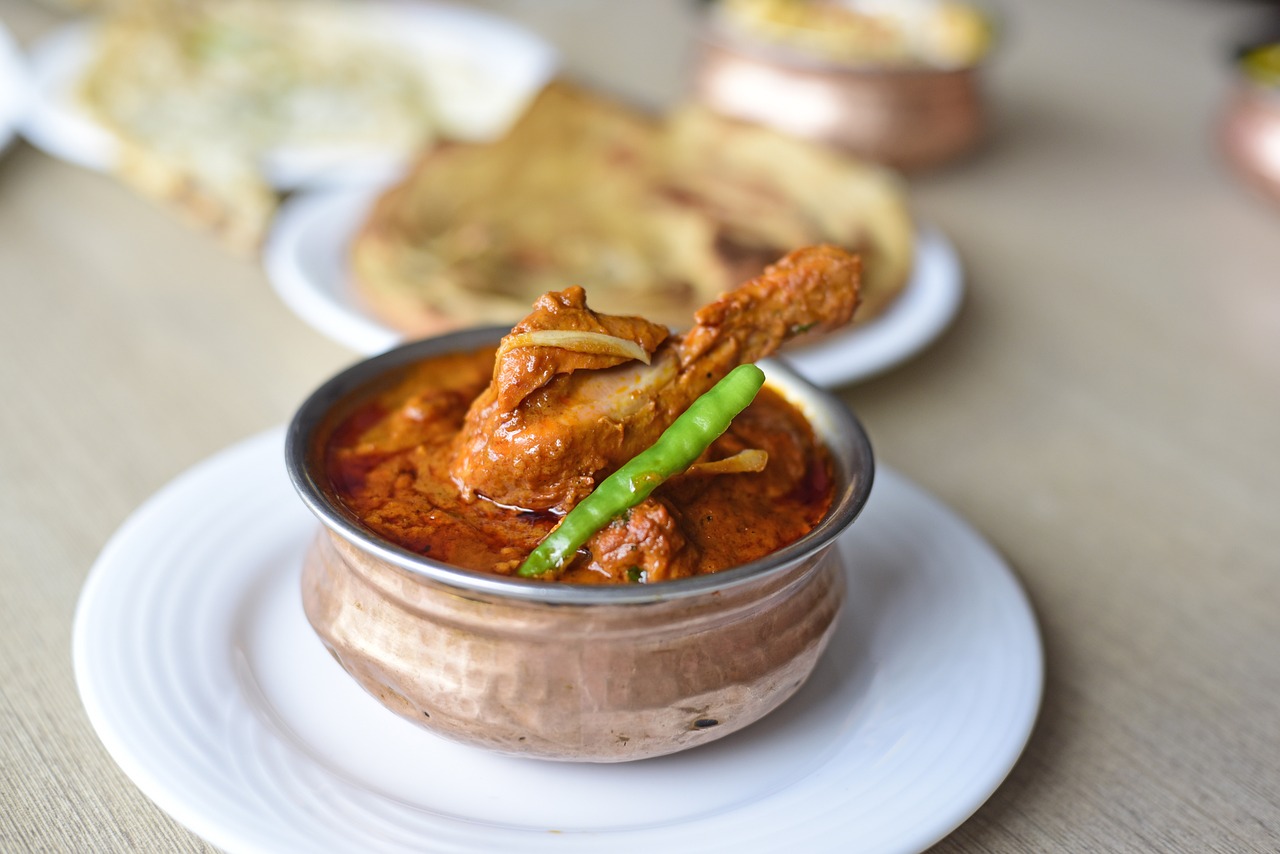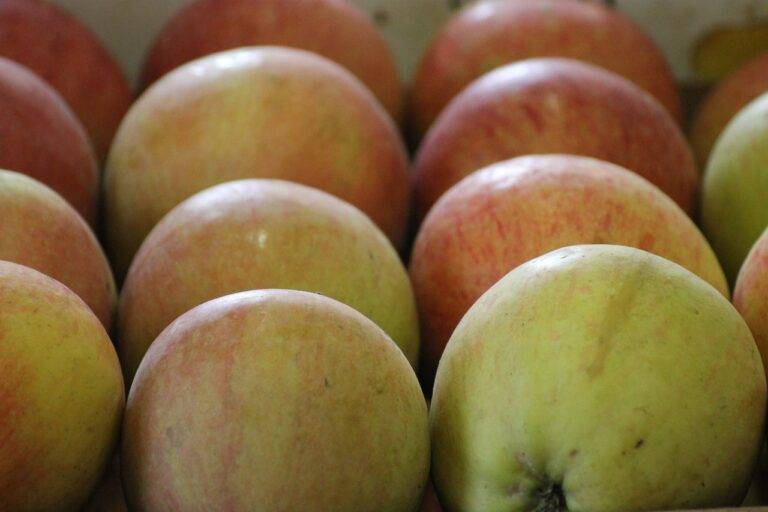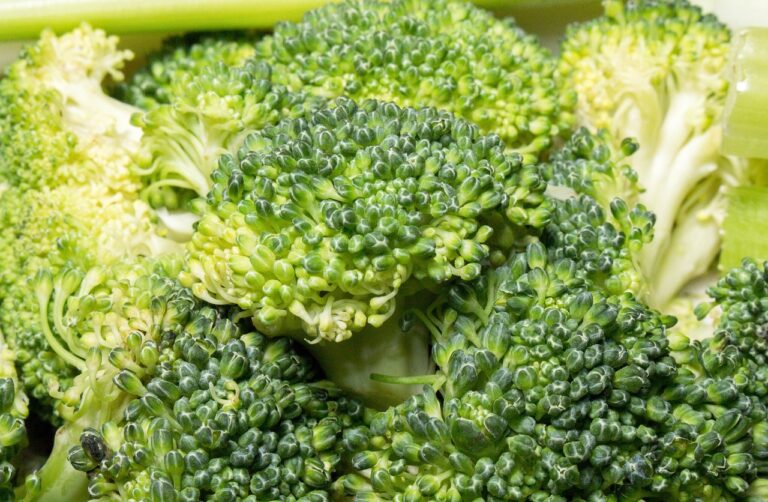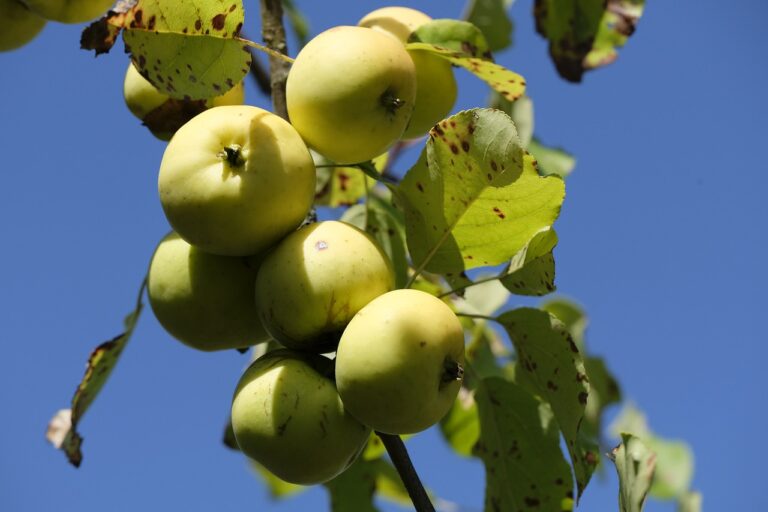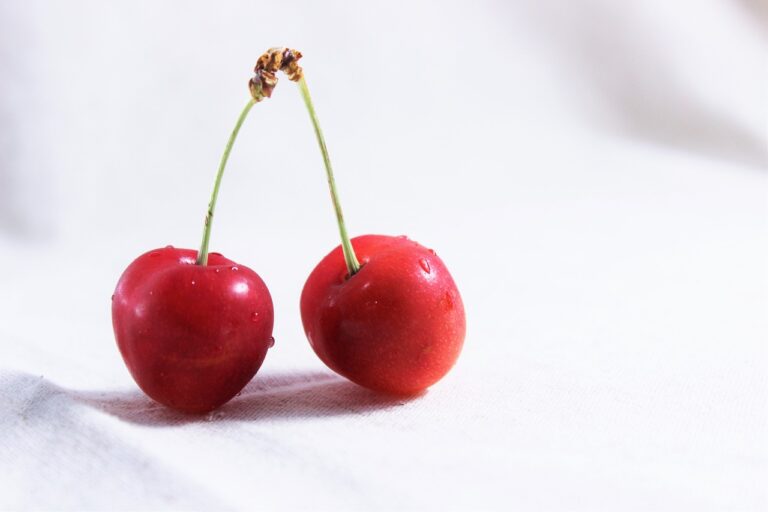The Future of 3D Printed Food: Science Fiction or Culinary Reality?
3D printed food technology offers a wide array of potential benefits that can revolutionize the food industry. One key advantage is the customization and personalization of food products according to individual preferences and dietary needs. By using digital designs and software, consumers can tailor their food to meet specific nutritional requirements or taste preferences, leading to a more personalized and enjoyable dining experience.
Another significant benefit of 3D printed food is the potential to reduce food waste. With traditional food production methods, a significant amount of food is discarded due to excess or unsold inventory. However, with 3D printing technology, food can be produced on-demand, minimizing waste and ensuring fresher products for consumers. This not only promotes sustainability but also helps in optimizing resources and reducing environmental impact.
• Customization and personalization of food products to meet individual preferences and dietary needs
• Reduction of food waste through on-demand production with 3D printing technology
• Minimizing environmental impact by optimizing resources and promoting sustainability in the food industry
Challenges Facing the Adoption of 3D Printed Food
One of the primary challenges facing the adoption of 3D printed food is the cost associated with the technology. Implementing 3D printing in food production requires significant investment in equipment, materials, and skilled personnel. This initial cost can be a barrier for many companies, especially smaller ones, looking to integrate this innovative technology into their operations.
Another obstacle to the widespread adoption of 3D printed food is the lack of regulations and standards in place. As this technology is still relatively new, there is a need for clear guidelines regarding food safety, quality control, and labeling requirements. Without these established protocols, consumers and regulatory authorities may be hesitant to embrace 3D printed food products, hindering its acceptance and growth in the market.
Current Applications of 3D Printed Food Technology
3D printed food technology is already making waves in various sectors including culinary arts, healthcare, and even space exploration. Chefs are utilizing this innovative technology to create intricate and visually stunning dishes that push the boundaries of culinary creativity. From personalized chocolates to elaborate sugar sculptures, 3D printing has enabled chefs to bring their culinary visions to life with precision and ease.
In the healthcare industry, 3D printed food has the potential to revolutionize the way patients with dietary restrictions or swallowing disorders are cared for. Customized meals can be created to meet specific nutritional needs and texture requirements, providing a new level of personalized care for individuals with unique dietary challenges. Furthermore, in space exploration, 3D printed food has the potential to provide astronauts with fresh and nutritious meals during long space missions, reducing the reliance on pre-packaged foods and ensuring a more sustainable food source for future space endeavors.
What are some potential benefits of 3D printed food?
Some potential benefits of 3D printed food include customization of food shapes and textures, reduction of food waste by using only necessary ingredients, and the ability to cater to specific dietary needs or restrictions.
What challenges are currently facing the adoption of 3D printed food?
Some challenges facing the adoption of 3D printed food technology include the high cost of 3D printers, limited availability of food-grade materials suitable for printing, and concerns about the safety and regulatory approval of 3D printed food products.
What are some current applications of 3D printed food technology?
Some current applications of 3D printed food technology include creating personalized nutrition bars, designing intricate cake decorations, and producing food products with unique shapes and textures. Additionally, some restaurants are experimenting with 3D printed food to enhance the presentation of dishes and create novel dining experiences.

